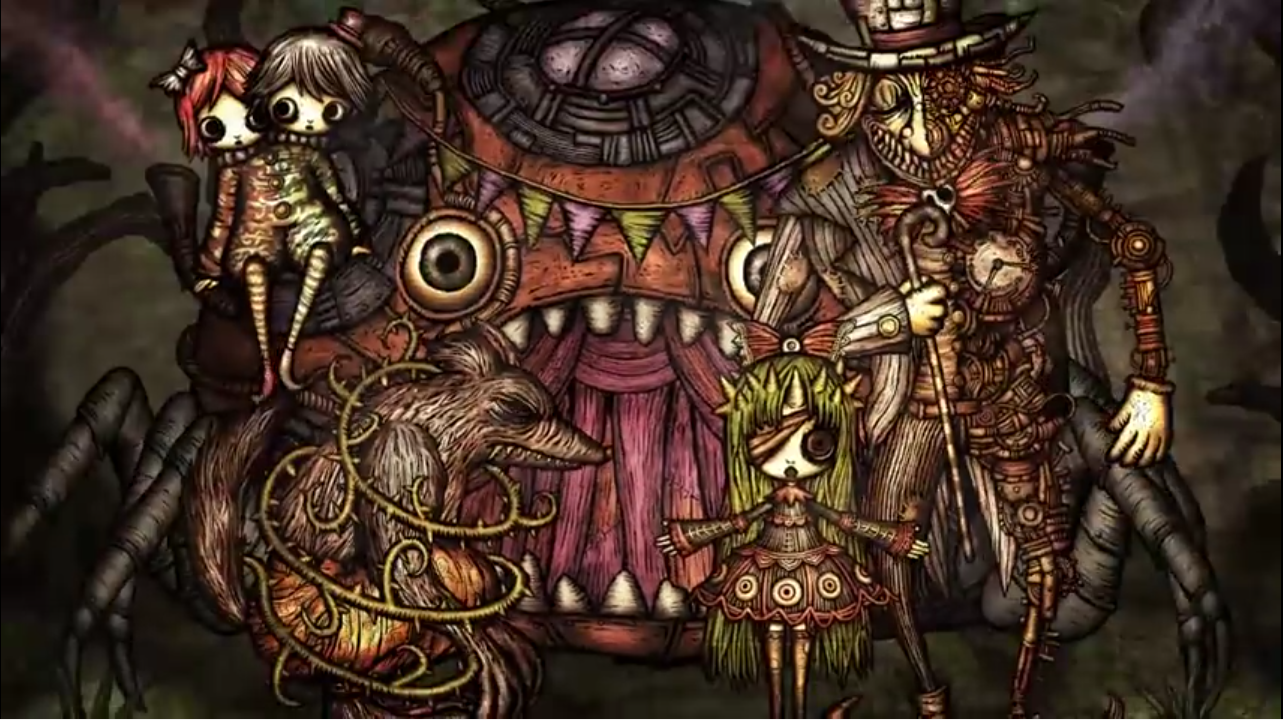
The popcorn and circus wagons with wheels turning moving forward closer to the three-ring circus tent where animals and clowns skip, frolic and gallop around and around. It mesmerizes just like the aerialists spinning and turning again and again high above the crowd at the circus. The crank and gear mechanism on the cover is soothing, predictable, reliable and intentional. The steam and popcorn eventually escaping the kettle matches the mixed feelings of relief upon escaping at the end of a ride. The clips and metal bar on the cover of the popper invoke a feeling of imprisonment - of animals locked in cages and riders locked into the towering Ferris Wheel and frightening rollercoaster. Riding rollercoasters and stumbling through fun houses the participant plunges into the dark and then emerges, safe, into the light.

The illuminated 1893 Chicago Columbian Exposition (see part 2 of the series) was representative of a sort of discarding of America’s dark ages and a prognostication for a bright, modern and more convenient electrified future. In the darkened circus tent, the bright ballyhoo beckoned the attendees to engage and pay attention. Yet, with the cover attached the inside of the kettle is dark and speaks to mystery and the unknown. Should I look, or look away?Ĭonsidering the metal of the popper, the aluminum is highly reflective of light. The circus show-people, sword swallowers, fortune tellers, rollercoasters, fun houses, exotic menacing animals and aerialists all epitomize the tug-of-war between risk and safety. The circus and the amusement park are the incarnation of thrill, anticipation, fear, mystery and danger. In the popper’s mission to covertly pop and transform corn the user experiences mystery, anticipation and thrill accompanied by a little fear for the unknown and the danger of getting burned. The predominantly metal rides at amusement parks connote a strength and reliability in the face of great risk. Popcorn’s association with the circus in its preeminent cultural role evokes strength, purpose and dependability to deliver a multisensory fun experience. The popper’s tri-strata metal bar pierces through the softer looking round aluminum cover much as the railroad sliced through our country forever changing the physical, cultural and commercial landscape. The advent of steam and trains in 19th century America addresses industry, strength, purpose and dependability. The continual use of crank and gear technology over hundreds of years is suggestive of durability and dependability and purpose. Popcorn’s ability to endure and thrive despite weak stalks and poor popping mechanisms speaks to its physical and conceptual durability. The popper has an industrial and purposeful look. The predominantly metal components of the popper connote strength, durability and dependability. From a function and form standpoint, the Whirley Pop embodies everything the popcorn experience used to be. Having grown up during the circus and amusement park heyday, I suspect he wanted to recreate the pleasant memories he had of the multisensory popcorn experience of yesterday.

With their often vast collections of “things,” museums, curators, exhibit designers, and educators rely on material culture studies to interpret the meaning of objects to the culture that created and used those objects. Anything from buildings and architectural elements to books, jewelry, toothbrushes, or bubbles can be considered material culture. It draws on theory and practice from such disciplines as art history, archaeology, anthropology, history, historic preservation, folklore, and museum studies, among others. Material culture studies is an interdisciplinary field that examines the relationship between people and their things, the making, history, preservation, and interpretation of objects. We studied everything from telephones, to Venetian oar locks, to furniture.įor a more formal definition, let’s turn to the Center for Material Culture Studies at the University of Delaware, Boring right? Hardly! Material culture is about putting into historical context the evolution of manmade objects and the culture surrounding their creation, particularly as it pertains to function. One of my favorite classes in graduate school was called, “Material Culture.” We spent a semester studying everyday objects. In the first of what is now three posts on popcorn, History Buzz writer Martha Tubinis wrote this introduction:


 0 kommentar(er)
0 kommentar(er)
